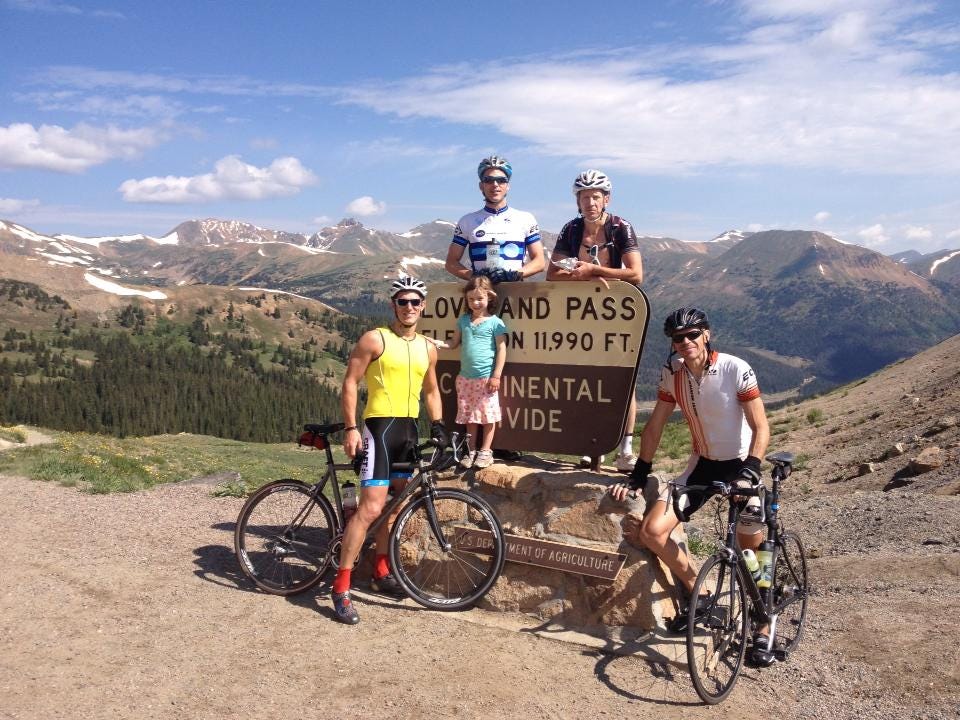When it comes to endurance training, it's easy to get caught up in chasing numbers. Watts, paces, CTL scores, FTP tests. We chase metrics that make us feel fast. That show us how "productive" a session was. Measures that are relative and have an intensity bias.
But the deeper truth—the one that all those numbers are downstream from—is much simpler. And, in many ways, more uncomfortable. The one metric that really makes the difference:
Work.
In so many fields, the novice leans into complexity - looking for as many advanced metrics as they can possible accumulate (especially when those metrics tell you what you want to hear), while the master has an ability to distill to what’s really important. The same is true here: There are so many derived measures of training load - CTL, ATL, TSB, etc that appeal as “advanced metrics” to so many when starting to take endurance sports more seriously. However, all of these metrics have a basis in relative effort, i.e., rate of output. Before “rate of output” comes, just plain output. And that is what this post is about: Mentally, a shift from the complex to the simple. Physically, a shift from worrying about rate of output, to first just worrying about plain ol’ capacity for output. Or, as my good friend and fellow coach, Gordo Byrn, once put it:
To succeed in endurance sports, you need to focus on "Work before work rate."
Me (far right) putting in the WORK up high with Gordo (top center) & friends
In other words, before you worry about how fast you're going, before you worry about the wattage numbers that you’re holding for a given main-set in your training, you need to make sure you're doing enough work to even justify a conversation about performance. Because these downstream work-rate numbers are ultimately dependent on that “base engine” that you’ve built and if you haven’t done the work, you haven’t built the engine to handle the harder efforts.
This “work before work rate” concept went way beyond theory in the G-man’s training…
In 2004, in preparation for Ironman Canada, Gordo’s training had 2 phases directly in line with this principle…
1. Work – Swim, Bike, Run across America! - gRAAM (Gordo Rides Across America) Pace wasn’t important. Just get from one coast to the other, racking up the aerobic work along the way.
2. Work Rate - After getting back home to Boulder, join Dave Scott’s elite squad and put out the power required to keep up with them!
While your own example might be a little less extreme, the same principle holds…
The work-rate (power) that you ultimately manage during your specific preparation phase is entirely dependent on the work capacity that you establish in your General Preparation (Base) phase.
Or, more plainly…
If you want success as an endurance athlete, you must begin with a firm commitment to put in the kcal of work. Every. Day.
This article is about that work. How much it costs. Why most athletes avoid looking at it. And why it’s the single most important variable you should be tracking.
Keep reading with a 7-day free trial
Subscribe to The Science of Maximal Athletic Development to keep reading this post and get 7 days of free access to the full post archives.




